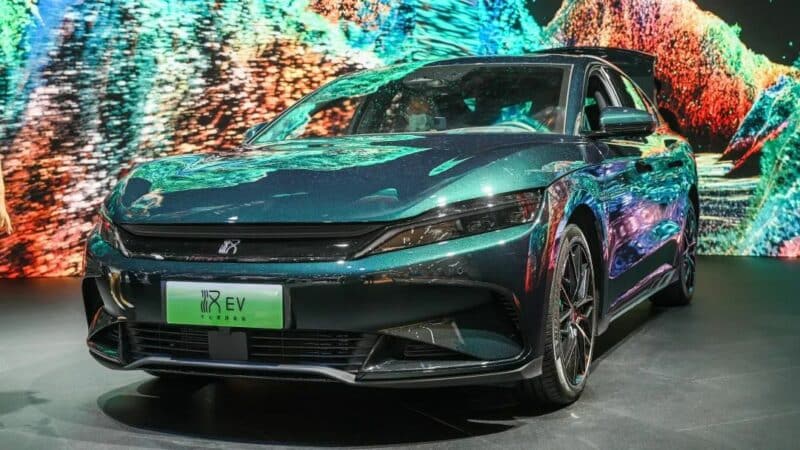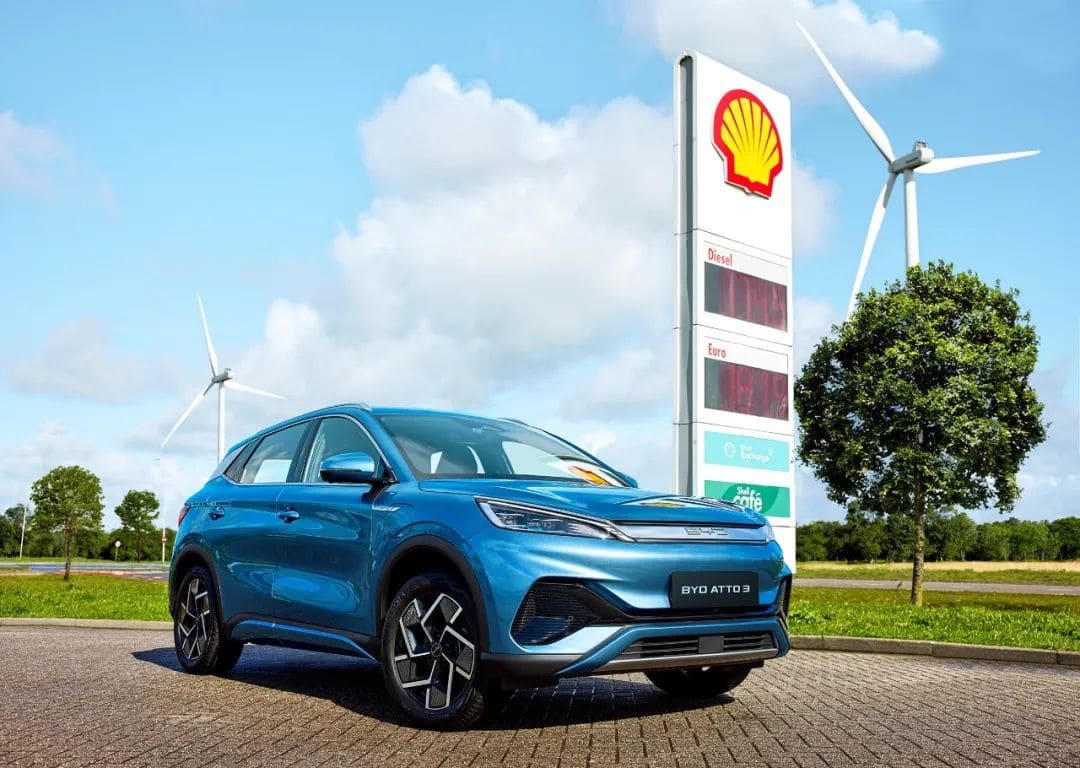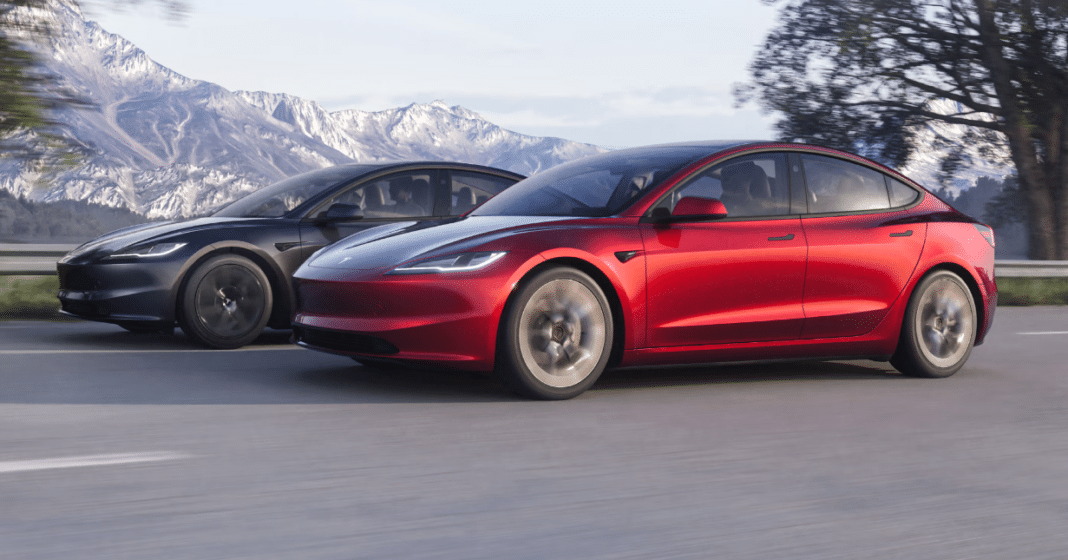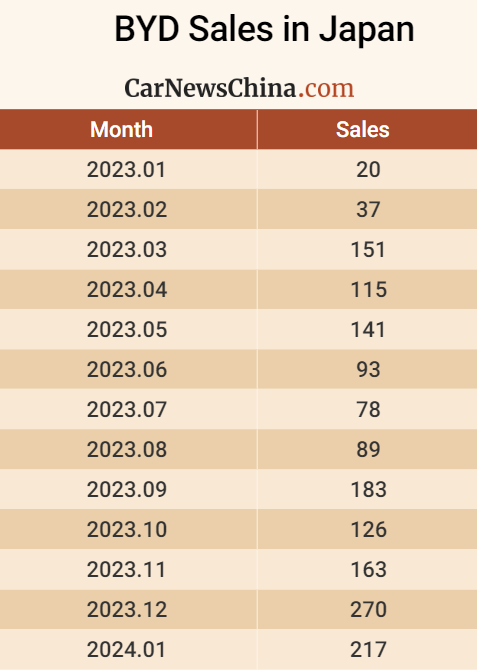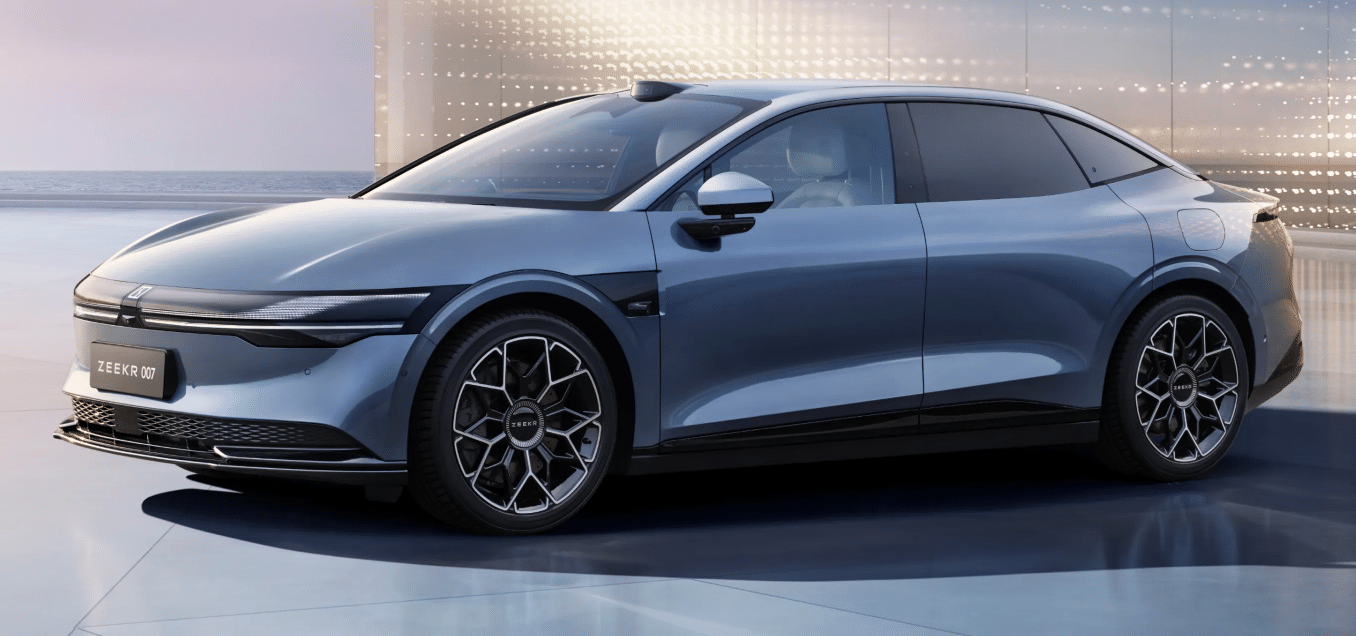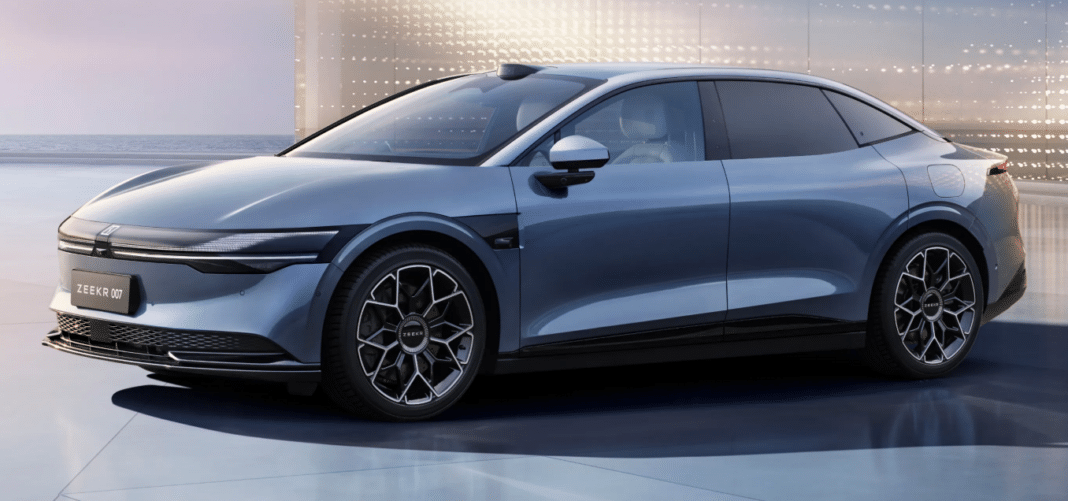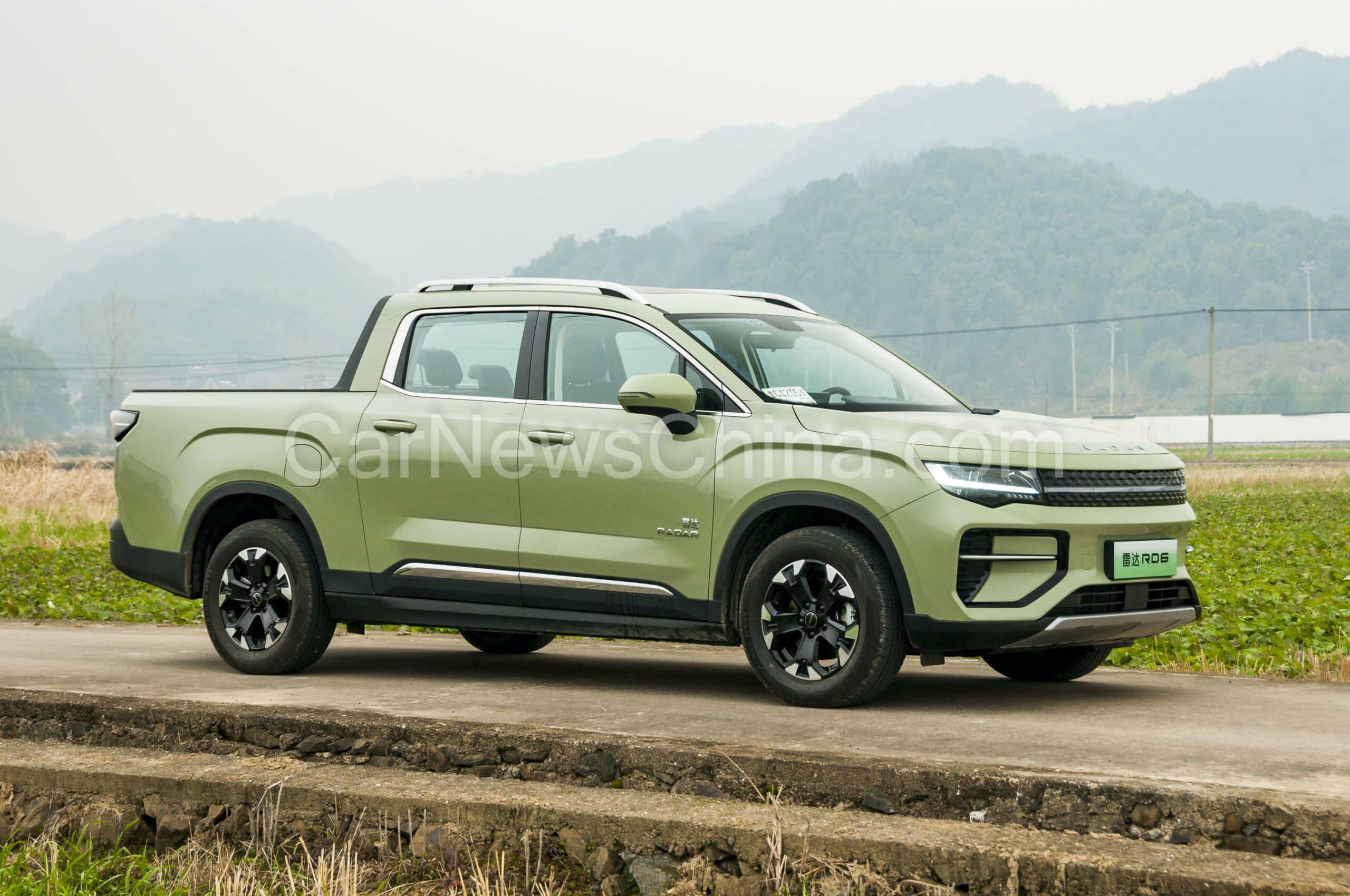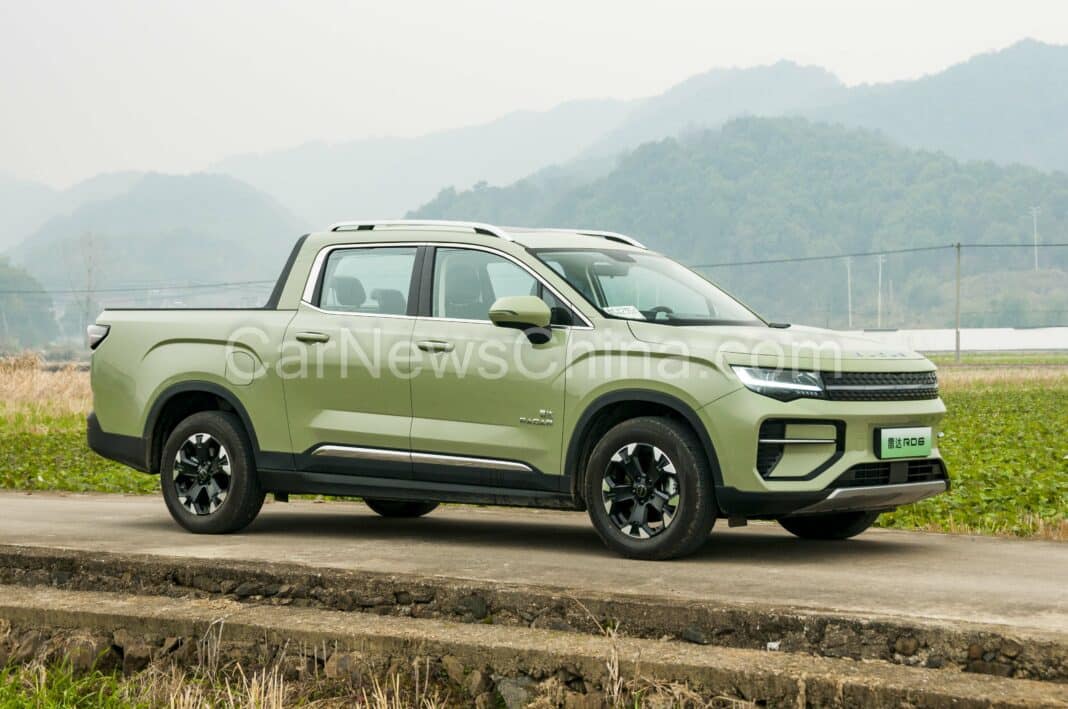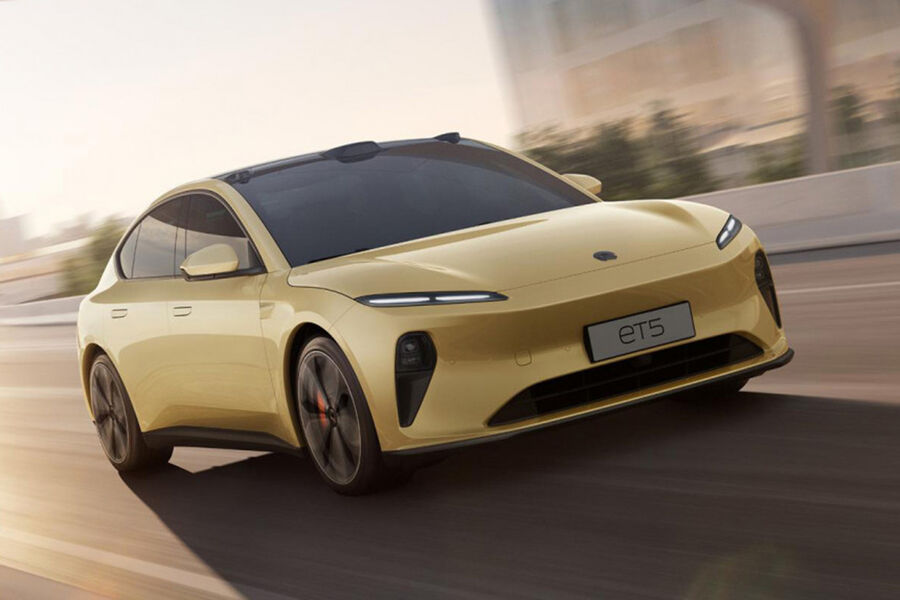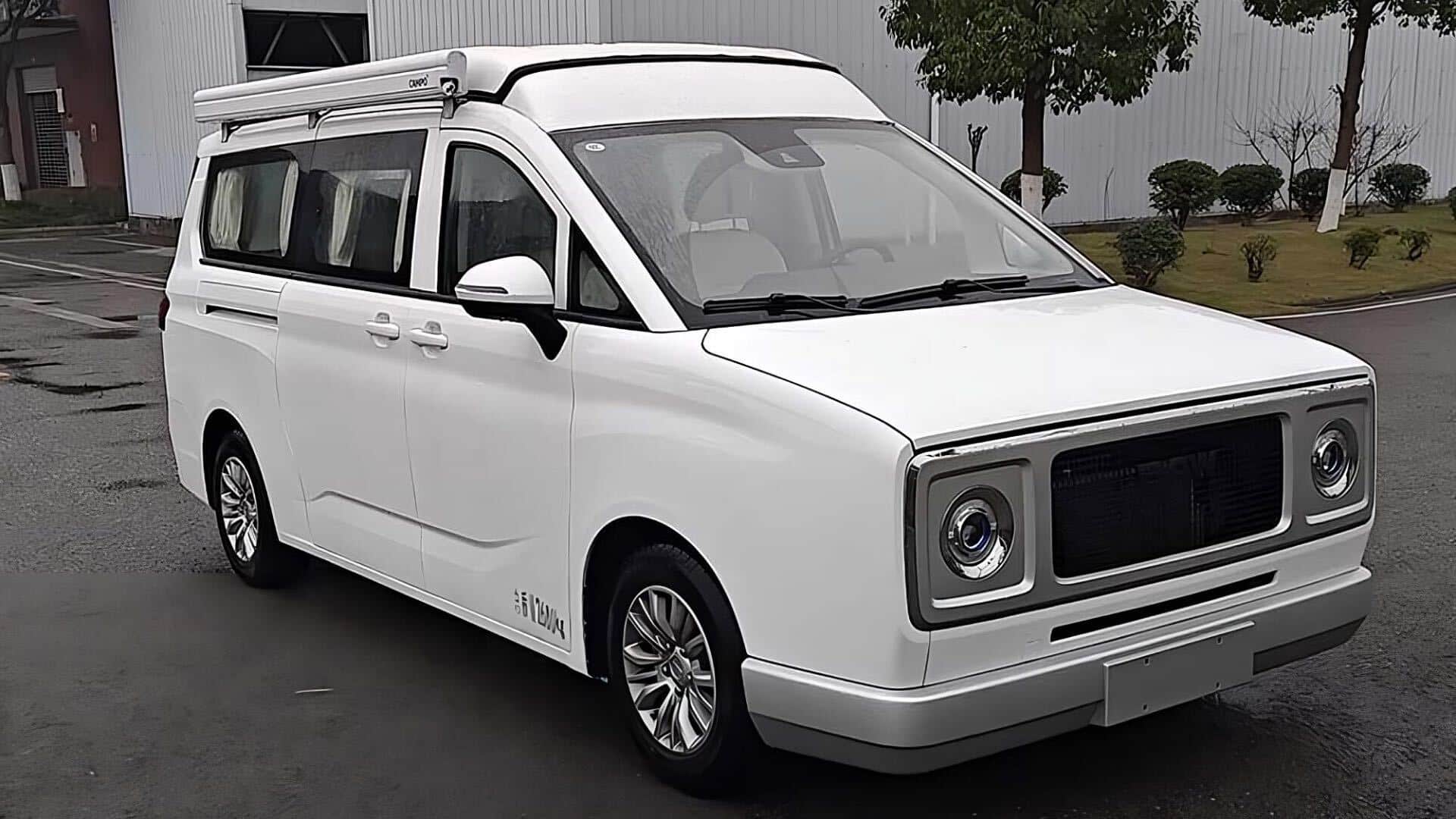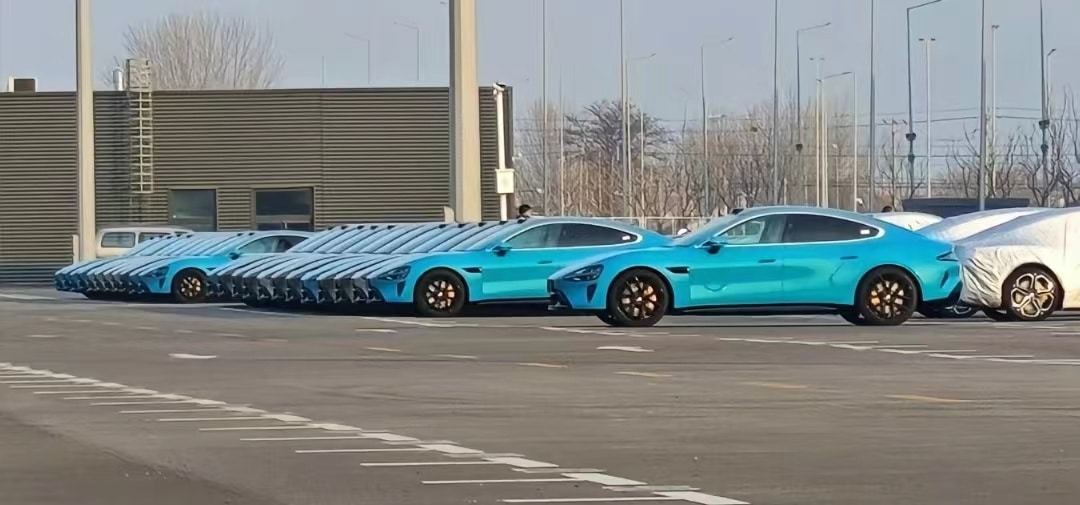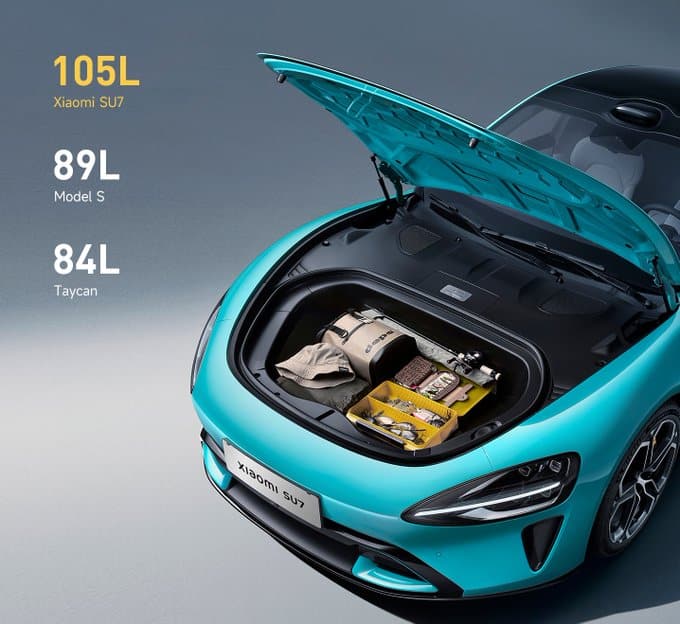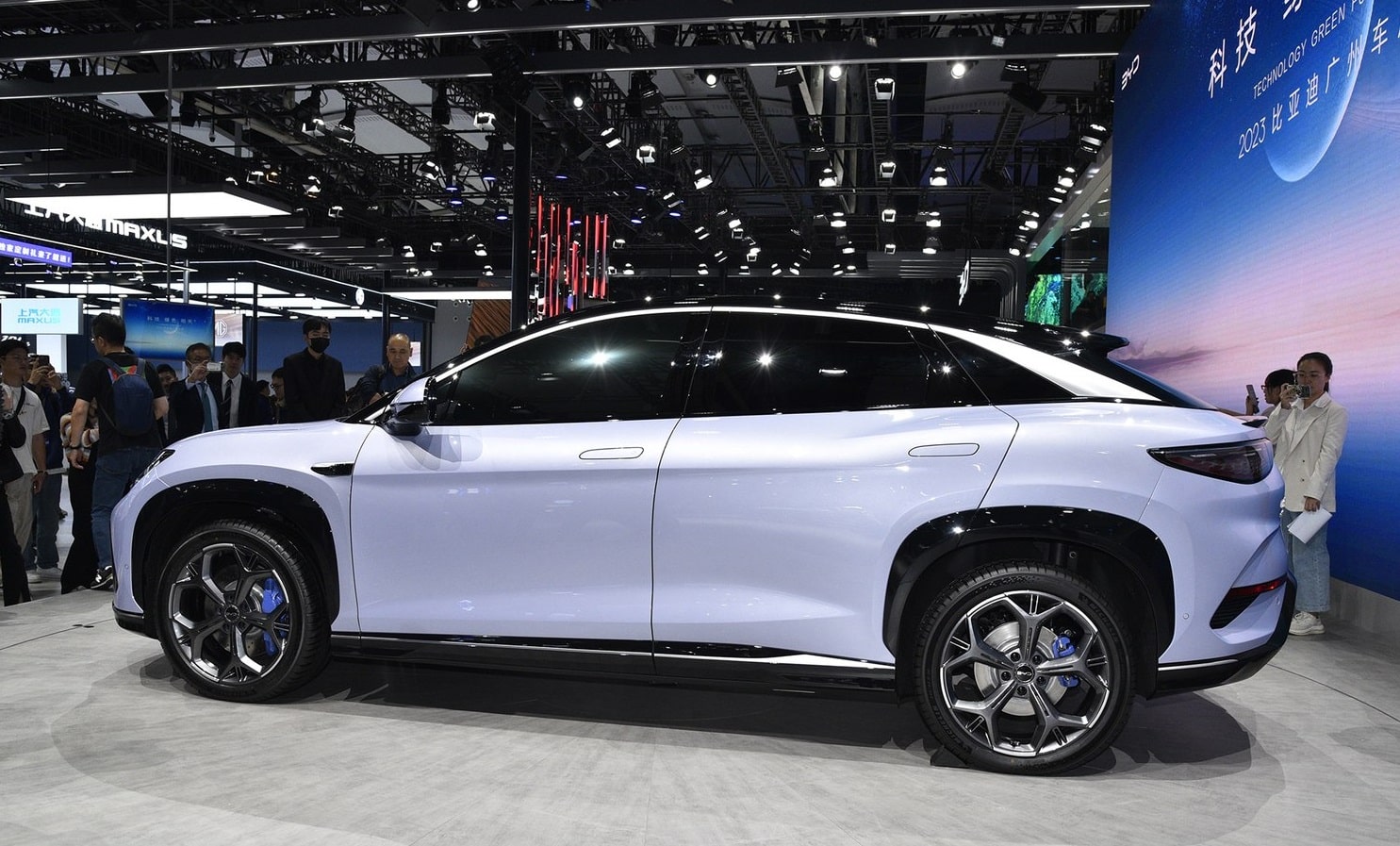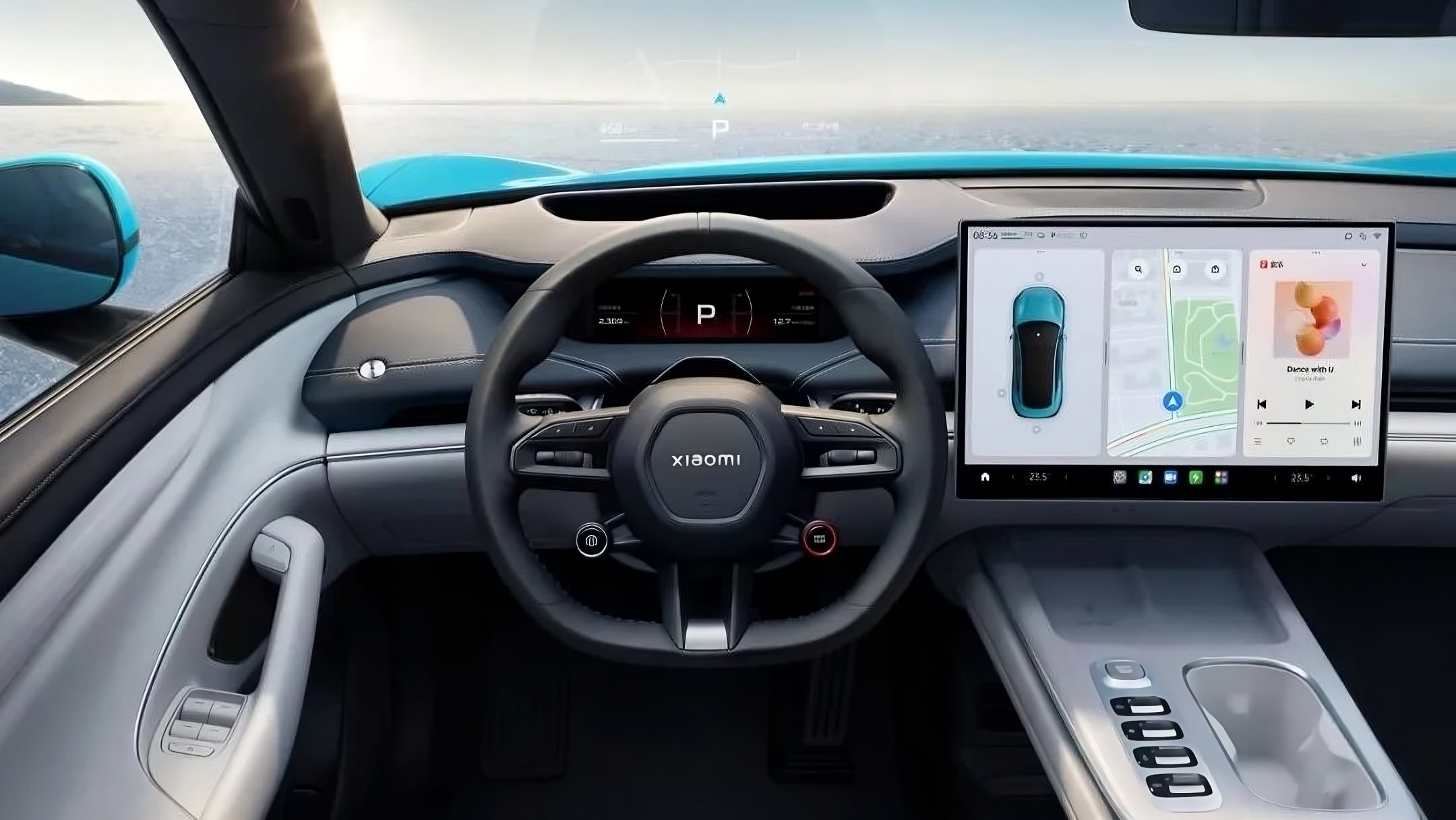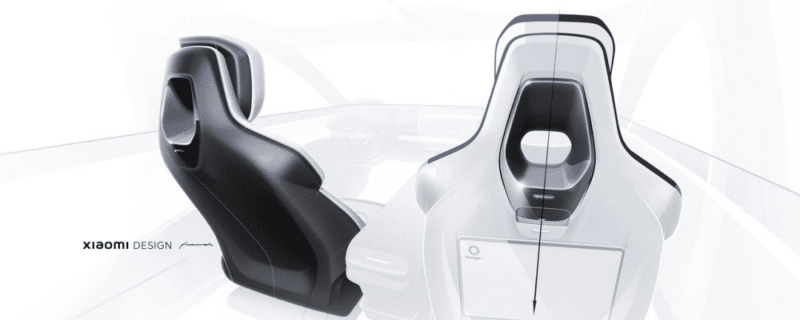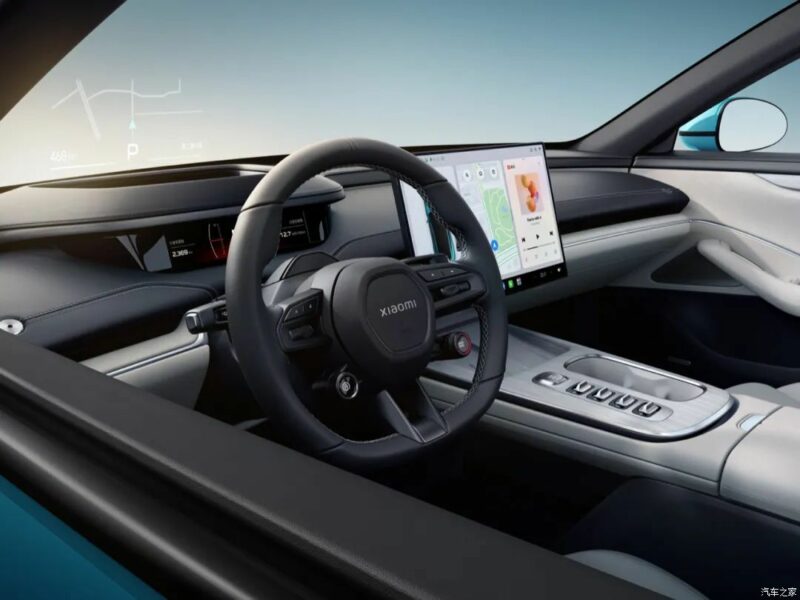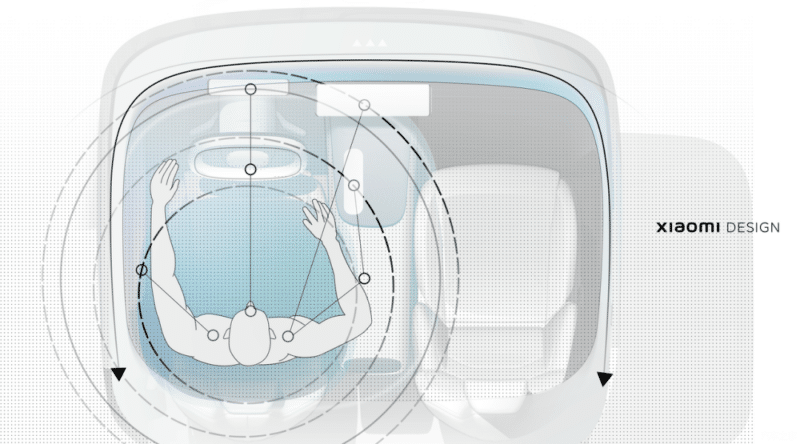The3Amigos
Senior Member
- Joined
- Dec 3, 2023
- Messages
- 7,604
- Likes
- 866

New Zeekr 001 revealed with 95-kWh LFP battery for 722 km range
The facelifted Zeekr 001 has two battery variants, 580-kW peak power, and up to 750 km range. To launch in China shortly.
 carnewschina.com
carnewschina.com
New Zeekr 001 revealed with 95-kWh LFP battery for 722 km range
Reading Time: 3 minutes
Denis Bobylev
February 7, 2024
0
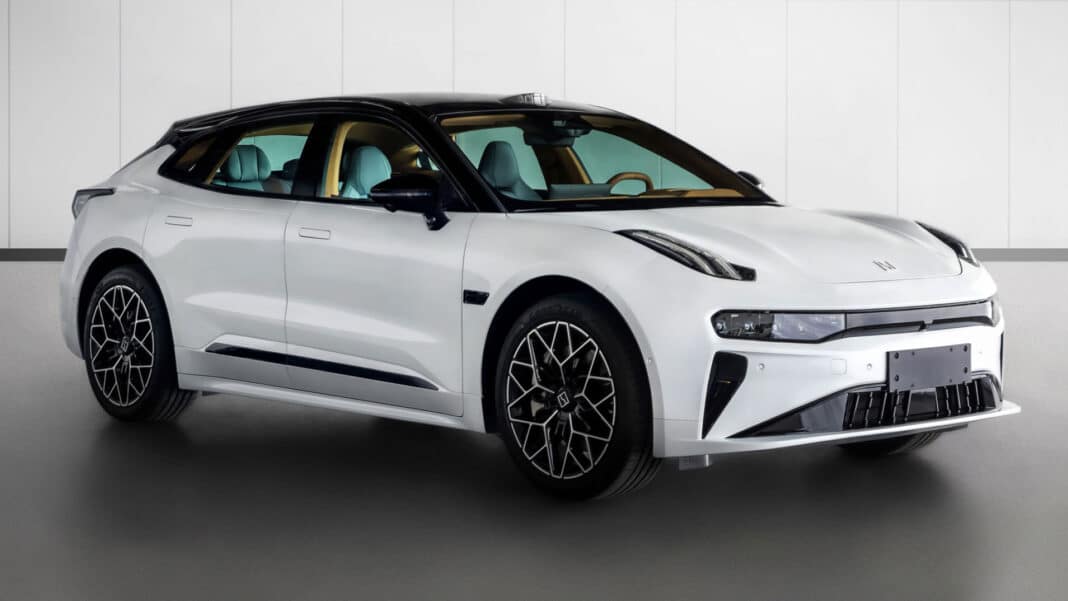
News like this to your inbox or phone?
Weekly summary to your inbox
I want this
Never miss and important news
Get Instant notification once the news is published.
Follow Us
Battery options of the Geely’s Zeekr 001 restyling were revealed by the Chinese MIIT in the catalog of NEVs exempted from vehicle purchase tax. In contrast with its predecessor, the facelifted variant got an optional LFP pack. Zeekr also didn’t fill for a version with a 140-kWh battery, hinting it won’t be available on the facelifted 001.
Zeekr is a young, high-end brand launched by Geely Group in 2021. All of its vehicles are based on the SEA modular architecture. Presently, Zeekr’s line comprises four models: 001 liftback, 007 sedan, 009 minivan, and X crossover. This brand also sells overseas. In 2024, it has a sales goal of 230,000 units. Soon, the very first Zeekr model, the 001, will get a facelifted variant. The governmental regulator exposed its battery options.
Zeekr 001 restyling battery variants
The new Zeekr 001 will have two battery options: LFP and ternary NMC. This liftback will be the second Zeekr-branded model to have a LiFePo pack after the 007 sedan launched in December last year. Both batteries are manufactured by the joint venture between Geely and CATL, which is based in Sichuan, China.

The lithium iron phosphate battery of the Zeekr 001 has a capacity of 95 kWh. Since LFP packs offer lower energy density, the 001’s battery is bulky, weighing 720 kg. It occupies one-third of the car’s curb weight. The new Zeekr 001 equipped with this battery has several range options, depending on the powertrain.
- RWD, 310 kW, 95 kWh LFP battery, 722 km range
- 4WD, 580 kW (270 kW + 210 kW), 95 kWh LFP battery, 626-675 km range

The second battery option is ternary NMC for 100 kWh. It has a better energy density and a lower weight of 606 kg. It is available for both RWD and 4WD models.
- RWD, 310 kW, 100 kWh ternary NMC, 750 km range
- 4WD, 580 kW (270 kW + 310 kW), 100 kWh ternary NMC battery, 656-705 km range
More about the new Zeekr 001

The facelifted Zeekr 001 has minor exterior adjustments. It has new bumpers, an optional LiDAR on the roof, new rims, and a new body color. Its dimensions are 4977/1999/1545 mm with a wheelbase of 3005 mm. Inside, it stays close to the Zeekr 001 launched last year.
The biggest enhancement of the new Zeekr 001 is the powertrain. Its RWD model will offer an e-motor for 310 kW. For clarity, the current rear-wheel-drive version of this liftback has a peak power output of 200 kW. The 4WD model is even crazier with 580 kW: 270-kW motor in the front and 310-kWh one in the rear. The current 4WD version’s peak power output is just 400 kW. As for the icing on the cake, the new variant can tow up to 2000 kg.
The new Zeekr 001 will enter the Chinese market shortly, replacing its predecessor. According to CarNewsChina’s sources, it will later hit the overseas markets. However, there is no precise timing of its international launch.
Source: MIIT



